This blog post will delve into the resilience of house windows against the immense forces of tsunamis and hurricanes, providing a comprehensive comparison.
When it comes to the destructive forces of a tsunami or hurricane, windows are often the first line of defense for your home. Understanding the strength and endurance of different types of windows against these natural disasters can be the difference between minor damage and a major catastrophe.
This article will delve into the specifics of how windows can withstand the forces of both tsunamis and hurricanes. We’ll explore the types of windows best suited for these scenarios, discuss the science behind the impact, and offer practical advice for homeowners living in areas prone to these natural disasters.
So, whether you’re looking to replace your current windows or simply want to be prepared, read on for comprehensive insights.
Key takeaways:
- Hurricane and tsunami windows need reinforced glass.
- Tsunamis involve a series of waves, not towering walls of water.
- Hurricane glass is not as strong against tsunamis.
- Use hurricane shutters or other protective measures against hurricanes.
- Proper installation of hurricane glass is crucial for effectiveness.
Definition of a Tsunami
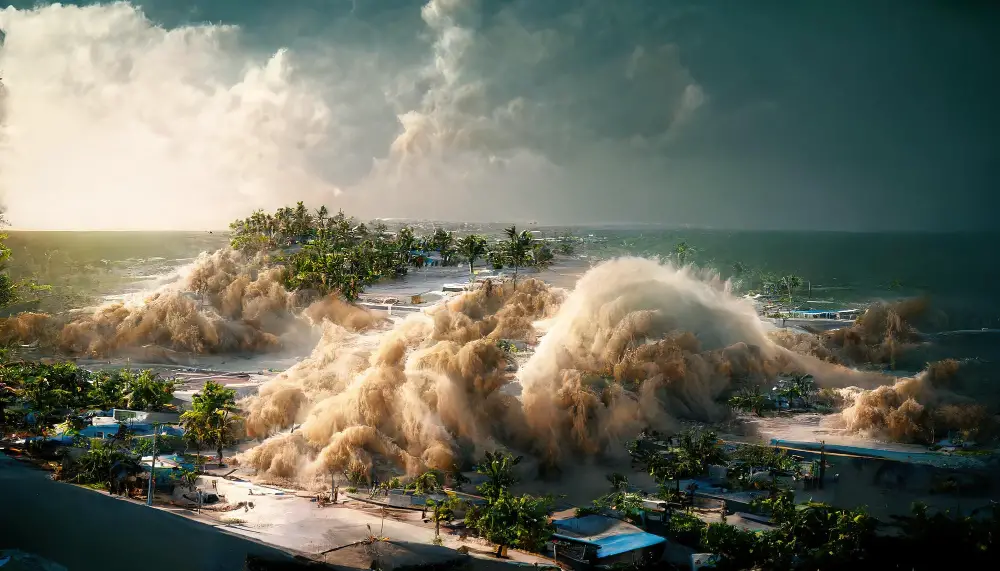
A tsunami, often associated with underwater earthquakes, is a series of enormous waves created by an underwater disturbance. A few key ideas to understand when defining a tsunami are:
- Occurring primarily in the Pacific Ocean, where tectonic plates converge.
- They can also be triggered by volcanic eruptions, meteorite impacts, or landslides.
- Tsunamis don’t only consist of one wave but of a series of waves, known as a wave train.
- Unlike typical ocean waves generated by wind, tsunami waves can maintain their energy and speed across vast ocean distances.
- They exhibit a minimal height in deep sea, however, upon reaching shallow coastal waters, they increase in height and can reach destructive dimensions.
- Unlike what some people may depict, tsunamis typically don’t appear as towering, curling walls of water, but more commonly resemble a rapidly rising tide.
- The speed of a tsunami is determined by the depth of water, making the velocity deceivingly fast in deeper waters and equally dangerous in shallow ones.
- Understanding and recognizing tsunami warning signs, like severe, prolonged ground shaking from an earthquake, can save lives.
Definition of a Hurricane
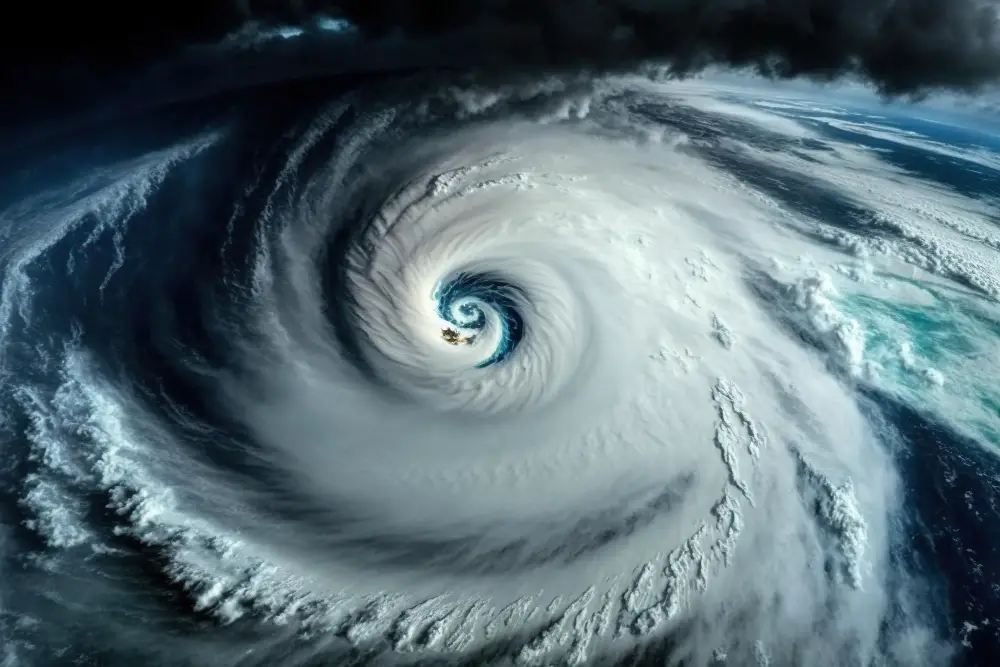
A hurricane, often defined as a tropical cyclone in the North Atlantic Ocean, central North Pacific Ocean, and eastern North Pacific Ocean, shows significant telltale signs. It is characterized by strong sustained winds of 74 mph or higher, often sweeping over vast stretches of ocean before impacting land. Spiraling around a calm center referred to as the “eye,” these mammoth rotating storms generate their energy from the evaporation and subsequent condensation of warm ocean water.
Key characteristics of a hurricane include:
- Spiral rainbands: These bands emanate from the center of the hurricane, extending over hundreds of miles and ensuing heavy rainfall.
- The eye: Amidst the raging storm, the eye of the hurricane remains deceptively calm and clear. Surrounded by a wall of powerful, intense thunderstorms, this typically circular area usually measures 20-40 miles in diameter.
- Storm surge: The hurricane’s robust winds spiral inwards, pushing the ocean surface to rise anomalously high. As the hurricane approaches land, this surge often floods the coastline, causing dramatic damage.
When hurricanes approach, taking necessary precautions to safeguard windows and other home infrastructure is critical. This includes professional installation of hurricane-resistant glass, window reinforcement, and preparing for potential evacuations or safety measures.
How Tsunamis and Hurricanes Form

Tsunamis stem from seismic activities deep within the ocean’s floor. An earthquake, volcanic eruption, or landslide on the sea floor has the force to displace water in the ocean. This displacement results in waves that travel at high speeds across the ocean surface, increasing in height as they approach coastal areas and resulting in a tsunami.
On the other hand, hurricanes are atmospheric phenomena fueled by the sea’s heat. They begin as tropical disturbances over warm ocean waters near the equator. When the warm, moist air over the ocean rises, it results in an area of lower air pressure beneath. The surrounding air rushes in, then it warms and rises too, forming a cycle. As conditions allow this rising air to rotate, it can develop into a hurricane.
In terms of protecting windows, understanding these formations is crucial. It informs the type of tension or force that the windows would be subjected to in the case of any of these natural disasters.
The Impact of Tsunamis and Hurricanes On Windows
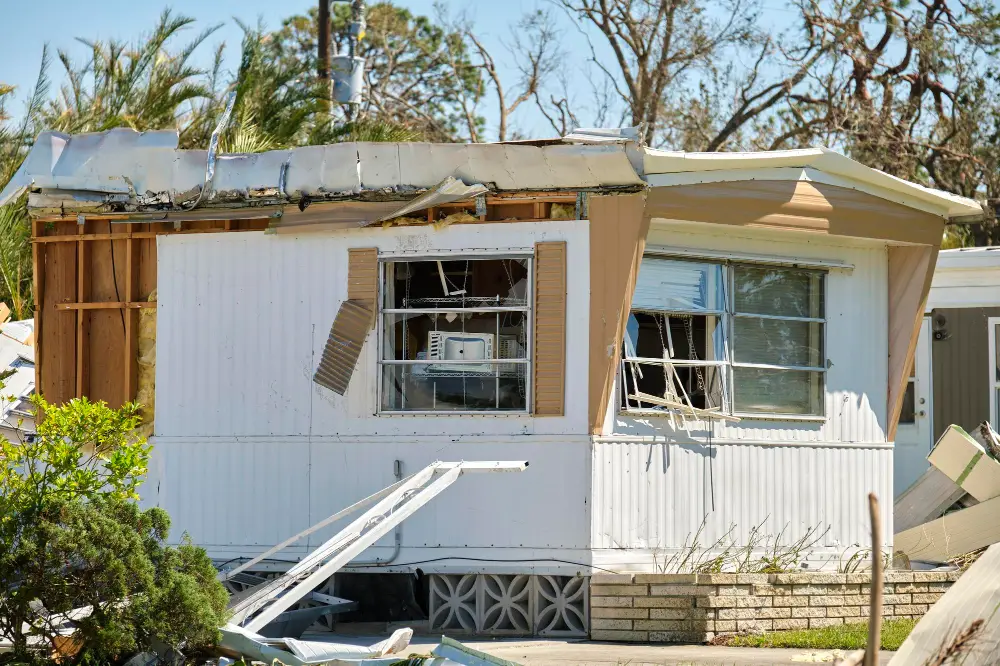
Tsunamis and hurricanes put intense pressure on house windows due to the following reasons:
High-speed winds are a significant characteristic of hurricanes. These winds can blow debris, such as branches and loose building materials, into windows at devastating speeds, causing breakage.
The pressure difference created by hurricanes can cause windows to implode. As the wind rapidly moves past the exterior, the pressure inside the home may considerably exceed the outside pressure, leading to window failure from the inside out.
Tsunamis, on the other hand, involve an enormous volume of water rushing towards land. This force of water against a house’s windows can cause them to shatter under stress.
The rapid flooding initiated by tsunamis can create a significant pressure differential on either side of a window, similar to the pressure effect in hurricanes, causing windows to break.
Knowing these impacts underlines the importance of using reinforced windows or additional protective measures specifically designed to withstand these forces. Using hurricane straps, for instance, can help secure the roof and walls to the foundation and may provide indirect protection to the windows. Simply applying storm shutters or impact-resistant films can also decrease the risk of window breakage.
Understanding the Capability of Hurricane Glass Against Tsunamis and Hurricanes
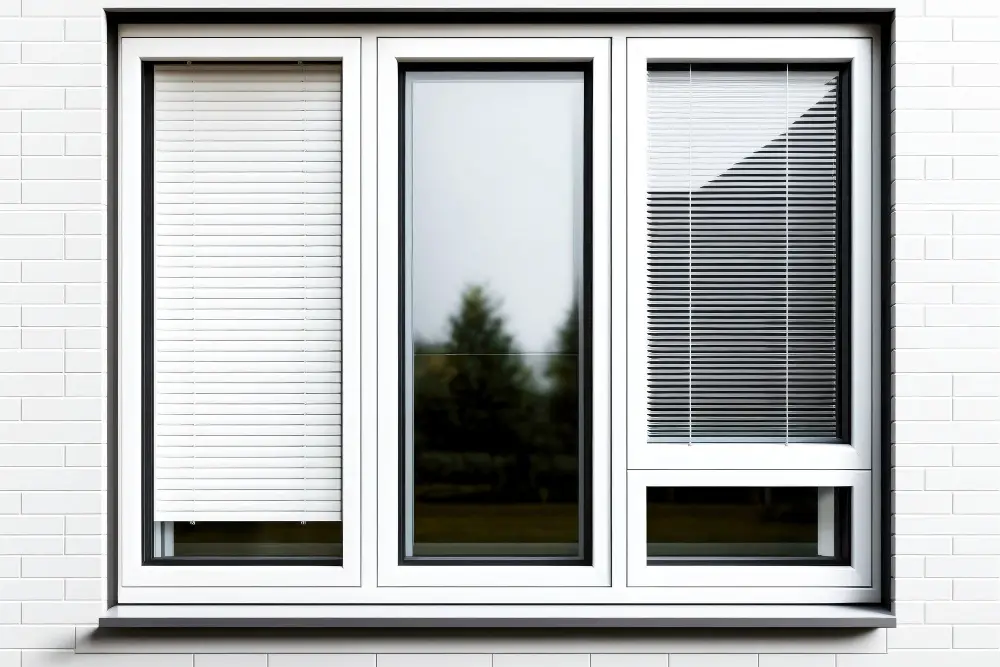
Hurricane glass, also known as impact-resistant glass, is designed particularly to withstand windborne debris and high wind pressures. It comprises two glass panels separated by a layer of clear, durable plastic, typically Polyvinyl Butyral (PVB). This construction offers stout resistance but doesn’t promise absolute protection.
Whilst primarily meant to resist hurricane forces, hurricane glass is not equally resilient against the force of a tsunami. This discrepancy can be understood by noting down a few key ideas:
- Different Force Dynamics: Hurricanes primarily deal with wind force whereas tsunamis involve a massive body of water moving at high speed. The latter exerts a significantly higher pressure.
- Breakage Patterns: When hit by windborne debris in a hurricane, hurricane glass may crack but will typically not shatter due to the PVB interlayer. However, the force of a tsunami can cause complete shattering.
- High Impact Resistance, Not Waterproof: While hurricane glass can handle gale-force winds, it is not designed to prevent water infiltration caused by a tsunami’s high ocean surges.
- Inadequate Structural Support: The window frame and surrounding structural support may not be designed to handle the extreme pressure exerted by a tsunami, causing potential failure.
On the upside, installing hurricane shutters or marine plywood as barricades in anticipation of a hurricane or tsunami can offer additional protection. Consulting a professional installer to ensure proper fastening of these elements is of the essence.
How to Reinforce Windows Against Tsunamis and Hurricanes
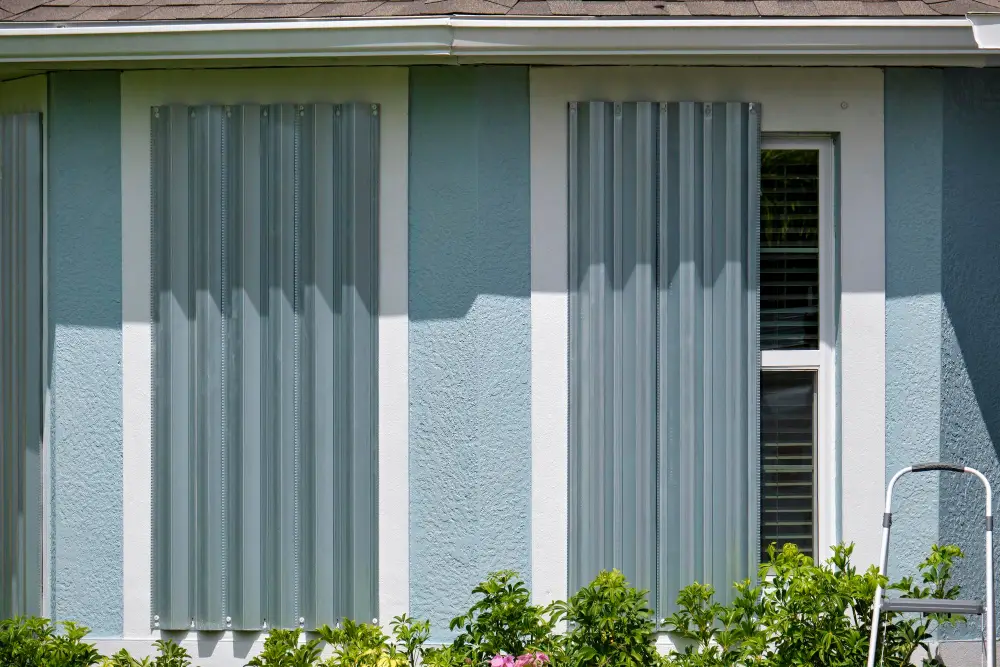
The first line of defense for windows is to install hurricane shutters. Available in multiple styles such as roll-down, accordion, or Bahama-style, these shutters fasten over windows for added protection.
Alternatively, installing impact-resistant glazing is another useful tactic. This type of reinforcement includes laminated glass or glass-clad polycarbonate, materials designed to resist the high winds and driving rain of a hurricane.
Storm windows can also be installed either on the interior or exterior of your existing windows. These are similar to double glazing and serve not only to protect against hurricanes and tsunamis, but also to improve thermal efficiency.
Plywood is a last-minute protective measure that can be useful if a storm is imminent and you lack time for other options. Secure it over your windows to help protect against flying debris.
Applying window film is another option. Although it won’t prevent the window from breaking, it will hold the broken glass together, reducing the risk of injury from flying shards.
Bear in mind that professional installation of these measures can ensure their effectiveness and durability when facing tsunamis or hurricanes.
Professional Installation of Hurricane Glass for Tsunami and Hurricane Resistance

Professional installation of hurricane glass is a critical step in bolstering your home’s resistance to natural disasters. This type of glass is designed and built to withstand the high-speed winds and heavy rains of hurricanes, potentially lessening the impact of tsunamis as well.
Choosing professionals for the job is key – they’ll have the skills and expertise to ensure the glass is properly installed. It’s not just about replacing a pane; standpoints such as adequate attachment and sealant use come into play.
First up, professionals will assess your current windows. These experts can point out potential weaknesses like loose frames or damaged glazing. They will then measure your windows to ensure the new glass fits perfectly.
Secondly, professionals will carefully remove your old windows, taking care not to damage surrounding areas. Disposing of the old glass in an environmentally-friendly way is also usually included in the service.
After this, the new hurricane glass is installed using special tools and materials. The professionals ensure the fit is secure and weatherproof, protecting your home as much as possible from wind and water intrusion.
Finally, after installation, professionals usually run a series of tests to verify the new windows are functioning correctly.
Remember, while hurricane glass can offer significant resistance and protection, it’s only part of the picture. A holistic approach to home’s defense against severe weather includes securing the rest of the house, such as doors and roofing, too.
Steps to Protect Your Home Before a Tsunami or Hurricane Strikes
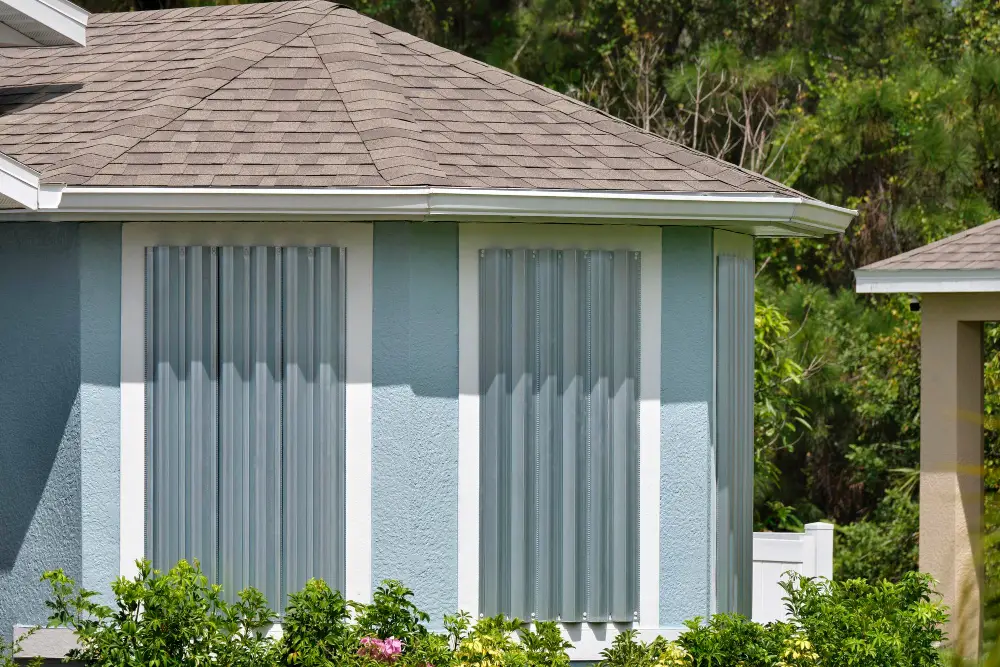
Preparing your windows for a tsunami or hurricane involves several crucial steps.
Firstly, consider investing in storm shutters. These are a strong line of defense against the intense winds and water that these disasters bring.
Secondly, evaluate your current windows. If they are old or weak, it may be time to replace them with impact-resistant glass.
Another effective practice is applying window film. While it may not prevent breakage, it does hold shattered pieces together, preventing additional damage and possible injuries.
Properly seal all windows to prevent water intrusion. Regardless of the strength of your windows, unsealed edges can allow water to leak into your home, causing further damage.
Lastly, always ensure you have a pre-determined safety plan. No matter how well protected, windows can still break, and having a plan in place will keep you and your family safe.
Actions to Take During a Tsunami or Hurricane for Window Safety
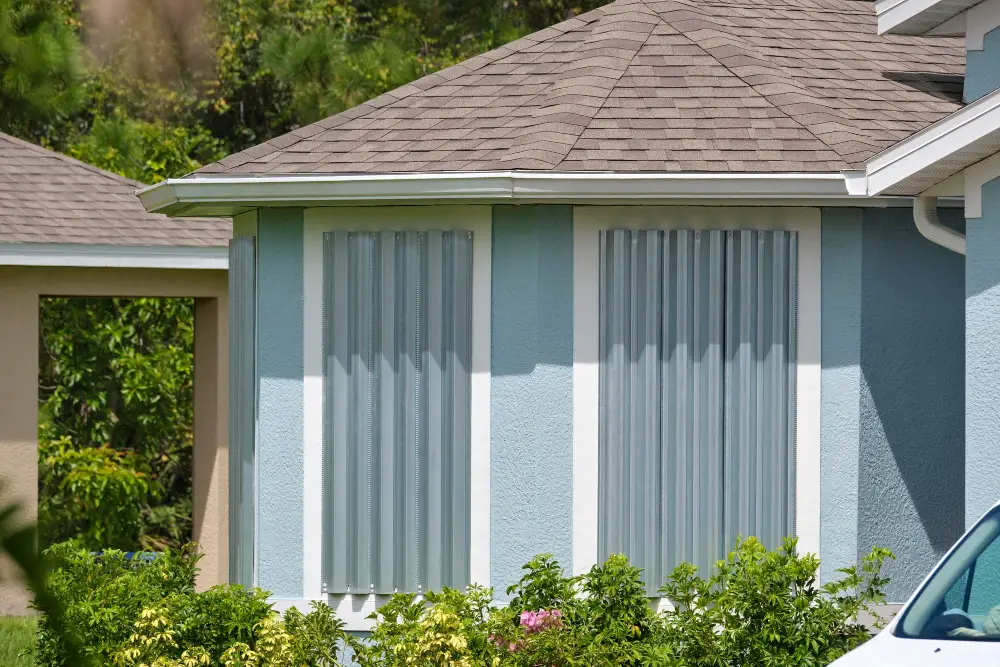
Be sure the premises are well-sealed. During a hurricane or tsunami, strong winds and rising waters could penetrate your home around window and door frames, so make certain they’re sealed correctly.
Close all windows and doors. While it may seem insignificant, ensuring all windows and doors are closed will enhance the structural integrity of the building and reduce the chance of the glass pane being breached or shattered.
Avoid standing near windows. The safety of occupants should be prioritized over the structural integrity of your windows. Stay in the center of your home, ideally in an interior room without windows.
Install window protection products. If possible, before the storm hits, install window protection products such as storm panels or hurricane shutters to provide a physical barrier against wind, debris, and rising waters.
Regularly check weather updates. Keeping abreast of the situation is crucial. Weather conditions can change rapidly during a hurricane or tsunami, so stay informed and ready to act if necessary.
Remember, these actions are intended to enhance the safety of you and your home’s windows during a hurricane or tsunami, but they do not guarantee total damage prevention.
Assessing Window Damage After Tsunamis and Hurricanes

After experiencing a tsunami or hurricane, it’s crucial to conduct a detailed inspection of your windows to assess any potential damage caused by the severe weather events. Remember, what may appear as minor damage on the surface could signify more significant, underlying issues.
Start by visually examining each window. Look for noticeable cracks or chips in the glass. A small crack can compromise the structural integrity of the window, gradually spreading and potentially leading to complete glass failure.
Next, pass a hand over the surface of the window. Feel for any inconsistencies in the glass, including hidden cracks or chips. Don’t forget to check the window frame and sills. Any warping could indicate water infiltration that, over time, might lead to decay or infestation of insects.
Assess the window’s functionality by opening and closing each one. If the window sticks or doesn’t freely move, it could indicate that the frame has been warped from pressure change or water damage.
Examine the interior of your home around the window area. If you notice water stains or discoloration, it may suggest that the window seal was compromised during the storm, allowing water to infiltrate the property.
Remember, even if damage seems minimal, it’s a wise move to bring in a window professional to confirm your initial findings. They’ll have the expertise and tools to identify less obvious damage and recommend appropriate repair or replacement options.
The Role of Window Technology in Withstanding Hurricanes and Tsunamis
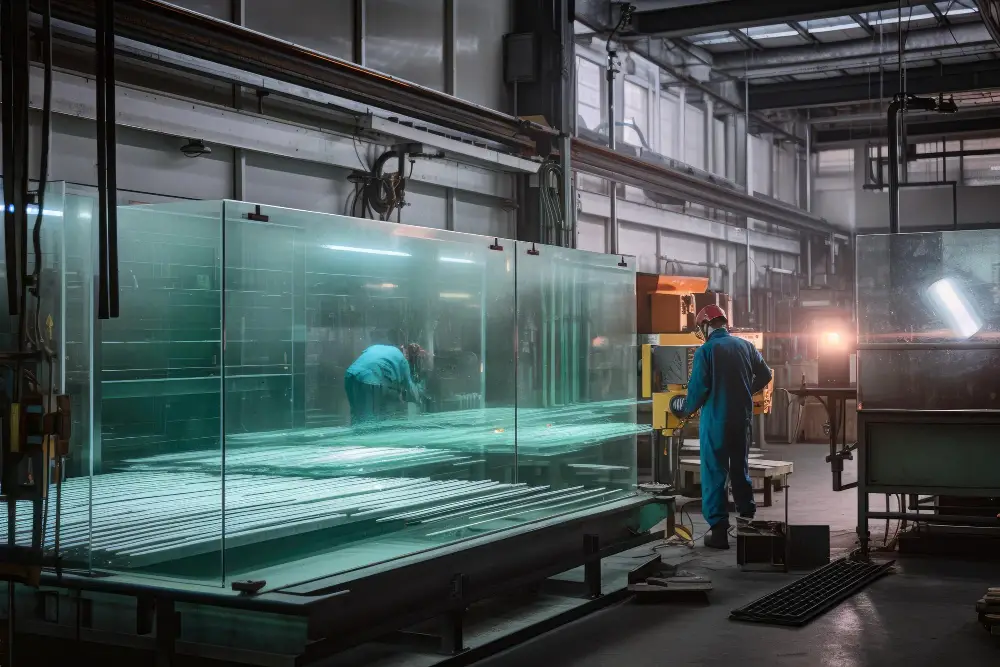
Advancements in window technology have played a crucial role in improving a home’s resilience against hurricanes and tsunamis. Here are the key ideas to understand:
- Impact-resistant glass: This type of glass is designed to resist shattering upon impact. Even when broken, it stays intact due to the plastic layer sandwiched between the glass sheets.
- Tempered glass: Also known as safety glass, it is much stronger than standard glass and can withstand strong wind pressure and extreme weather conditions.
- Laminated glass: Laminated windows feature two glass layers with a sturdy plastic film in between. If the window breaks, the film prevents glass shards from scattering.
- Window film: This is an affordable solution you can add to existing windows to strengthen them. The transparent film holds the glass together even if it shatters.
- Hurricane shutters: These shutters are installed over windows for additional protection during severe weather. They come in various styles and materials like aluminum and steel.
- Window frame materials: The choice of window frame material also impacts the window’s hurricane and tsunami resistance. Frames made from materials like vinyl and aluminum generally provide better protection than wooden frames.
To fortify your windows further, you can also consider professional installation services. Professionals not only ensure correct installation but also provide guidance on the best window solutions based on your geographic location and specific needs. Remember, the goal is to build a complete barrier that shields your interiors from the extreme pressure and winds of tsunamis and hurricanes.
FAQ
Is A tsunami stronger than a hurricane?
While tsunamis exhibit more powerful forces instantaneously, hurricanes are overall stronger due to their longer duration, predictability, and wider area of destruction.
What causes more damage a hurricane or tsunami?
Due to their capability to travel across land and impact larger areas, hurricanes cause more damage than tsunamis.
Is there anything stronger than a hurricane?
Yes, typhoons are generally stronger than hurricanes due to the warmer water conditions in the western Pacific that promote better storm development.
Can a tsunami hit after a hurricane?
No, a tsunami cannot hit after a hurricane because tsunamis are typically triggered by natural events like earthquakes, volcanic eruptions, or landslides, not hurricanes.
How can homeowners prepare their windows for a hurricane?
Homeowners can prepare their windows for a hurricane by installing hurricane shutters or using plywood boards, applying impact-resistant window film, and ensuring seals and weather-stripping are in good condition.
Can standard house windows survive the force of a tsunami?
No, standard house windows cannot survive the force of a tsunami as its force significantly exceeds the structural limits of regular window glass.
What window safety measures can reduce damage during a hurricane or tsunami?
Installing impact-resistant windows and applying hurricane window film can significantly reduce damage during a hurricane or tsunami.
Recap




